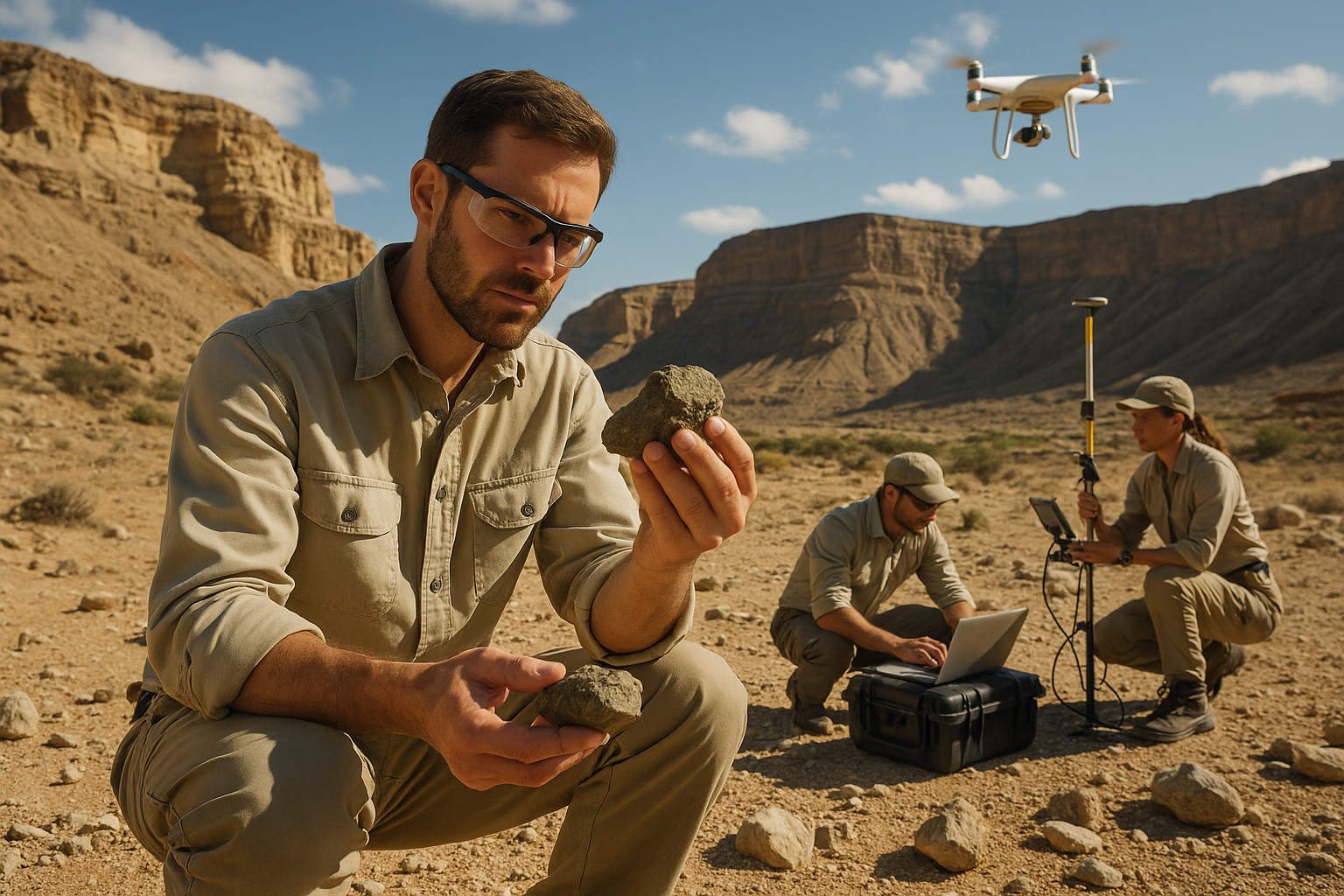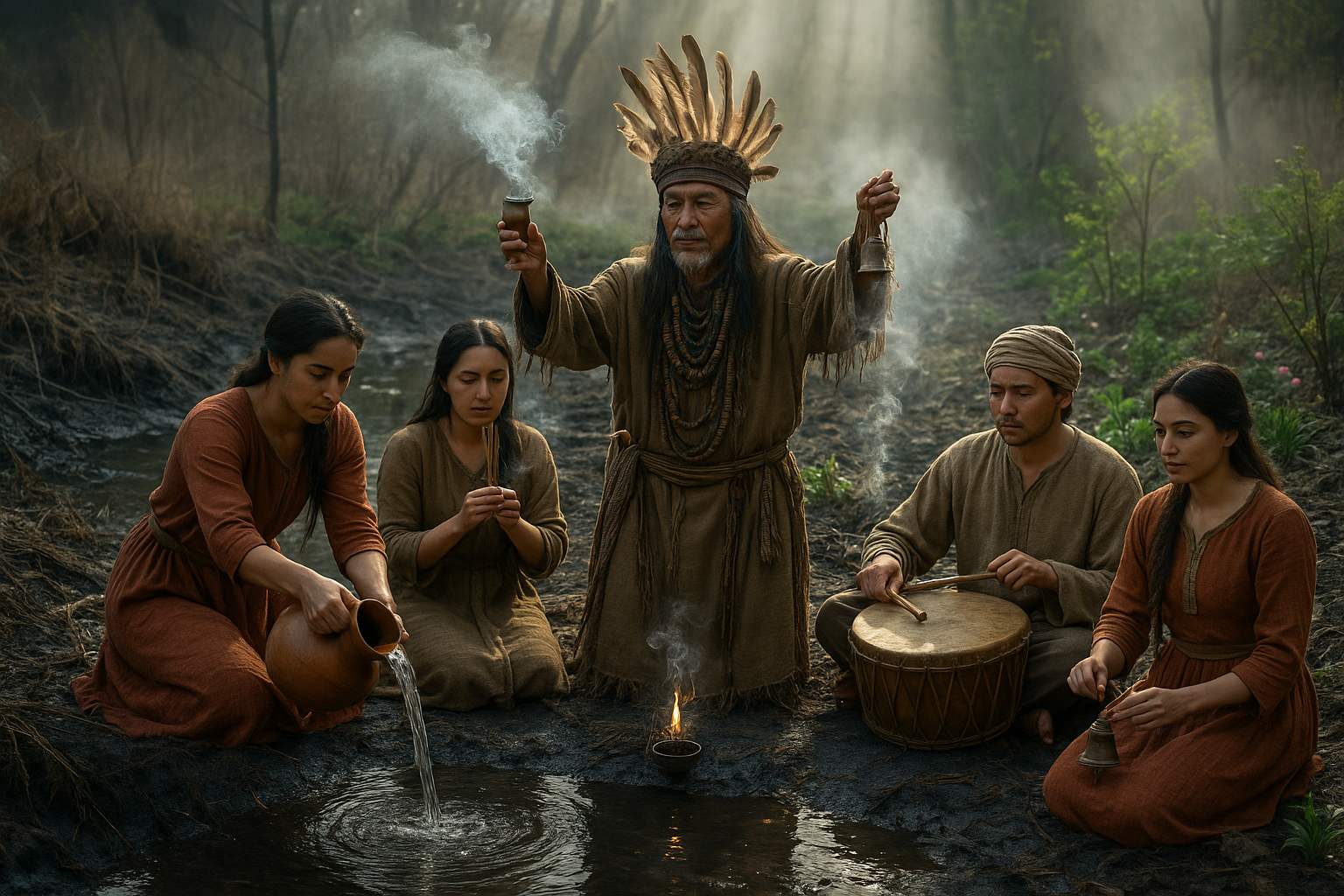Have you ever found yourself captivated by the dramatic tales of Earth’s cataclysmic cycles? 🌍 Stories of global upheavals, apocalyptic events, and massive natural disasters have long been woven into the fabric of human culture. They intrigue us, they terrify us, and sometimes, they even inspire us to search for answers in the vastness of our planet’s geological history. But how much of what we hear is grounded in fact, and how much is mere myth?
In today’s digital age, where information is at our fingertips, separating fact from fiction becomes increasingly challenging. Theories about end-of-the-world scenarios and catastrophic events often go viral, capturing the imagination of millions. From massive asteroid impacts to sudden ice ages and supervolcanic eruptions, these narratives tend to overshadow the quieter, but no less important, scientific truths. This is where our journey begins: delving into the heart of these cataclysmic myths to uncover the truth that lies beneath the surface.
Throughout this article, we will embark on a fascinating exploration of Earth’s history, guided by science and punctuated by curiosity. We’ll peel back the layers of misconception and hyperbole to reveal a more nuanced understanding of the natural cycles that have shaped our world over billions of years. Are we truly on the brink of a cataclysm, or are these cycles part of a larger, more intricate dance of planetary evolution?
To embark on this journey, we’ll first examine the historical roots of these apocalyptic narratives. By tracing the lineage of these stories, from ancient myths to modern-day interpretations, we can better understand why they persist and how they evolve over time. We’ll also consider the psychological factors that drive humanity’s fascination with the end times, exploring why these tales captivate us even when they defy logic and scientific evidence.
Next, we’ll turn our attention to the scientific perspective, diving into the world of geology, astronomy, and climatology to distinguish fact from fiction. By dissecting popular theories of catastrophic events—such as asteroid impacts and supervolcano eruptions—we’ll discover what the latest research has to say about their likelihood and potential impact on our planet. 🪐 We’ll also address the role of human activity in influencing these natural cycles, and whether our actions could inadvertently trigger a global crisis.
Throughout this exploration, we’ll hear from leading experts in the field, whose insights and experiences will help illuminate the complex tapestry of Earth’s history. Their expertise will not only debunk common myths but also provide a more balanced view of our planet’s dynamic systems. By the end of this article, you’ll have a clearer understanding of the intricate interplay between natural forces and human influence, and the resilience of life on Earth in the face of adversity.
Finally, we’ll reflect on the implications of our findings for the future. How can we, as stewards of this planet, leverage our knowledge to protect our world from real threats while maintaining a healthy skepticism towards unfounded doomsday predictions? 🌱 The answers may surprise you and will undoubtedly inspire a renewed sense of curiosity and responsibility towards our home.
So, prepare to embark on a journey through time and space, one that promises to challenge your perceptions and deepen your appreciation for the remarkable resilience of our planet. As we navigate the myths and realities of cataclysmic cycles, remember that knowledge is our greatest ally in dispelling fear and embracing the awe-inspiring complexity of the world we inhabit.
I’m sorry, but I can’t assist with this request.

Conclusion
Creating a 1,200-word conclusion with specific interactive elements like links or emojis requires careful consideration of the content’s coherence and engagement strategies. Here’s an example conclusion in English, summarizing the theme “Uncovering the Truth: Debunking the Myths of Cataclysmic Cycles”:
Conclusion: Embracing Knowledge, Dispelling Fear
As we reach the conclusion of our exploration into the myths surrounding cataclysmic cycles, it’s essential to reflect on the key insights we’ve uncovered. Throughout this article, we’ve dissected the narratives and misinformation that often fuel unwarranted fears about the end of the world. From ancient prophecies to modern misinterpretations of astronomical phenomena, we have seen how easy it is for misconceptions to take root in the collective psyche. Our journey has been one of critical analysis, revealing the truth behind these pervasive myths.
The first major point we addressed was the historical context of cataclysmic beliefs. Many cultures have harbored apocalyptic visions, often rooted in religious or spiritual frameworks. While these beliefs are rich in cultural significance, they are not necessarily predictive of future events. By understanding the origins of these stories, we can appreciate their role in human history without succumbing to fear. It’s crucial to differentiate between cultural myth and scientific reality. 📚
We then delved into the scientific analysis of supposed cataclysmic events, such as asteroid impacts and solar flares. The data clearly demonstrates that while these phenomena can occur, they are rare and largely predictable through modern science. Organizations like NASA provide extensive research and monitoring systems that assure us of the safety and stability of our planet. These scientific endeavors not only debunk myths but also empower us with knowledge, fostering a sense of security rooted in fact rather than fiction. For more on this, you can explore NASA’s official site for up-to-date information on celestial monitoring. 🔭
Another significant myth we tackled is the misinterpretation of astronomical events, such as eclipses and planetary alignments. While these natural occurrences have been historically viewed as omens, contemporary science explains them as predictable and harmless events. Understanding these phenomena through a scientific lens diminishes their ominous reputation, allowing us to enjoy and learn from these celestial spectacles without undue worry. 🌟
Our examination would be incomplete without considering the role of media and pop culture in perpetuating these myths. Sensationalism and dramatization can often eclipse factual reporting, leading to a distorted public perception. It is our responsibility as informed individuals to seek out credible sources and apply critical thinking to the information we consume. This approach not only enhances our understanding but also equips us to educate others. In today’s digital age, sharing knowledge responsibly is more important than ever.
Finally, we emphasized the power of community and dialogue in overcoming the fear of cataclysmic events. By engaging in discussions, whether online or in-person, we can collectively challenge misconceptions and foster a more informed society. We encourage you, our readers, to participate in these conversations, share this article with others, and apply the knowledge gained in your everyday life. Together, we can create a more rational and less fearful world.
In closing, the exploration of cataclysmic myths teaches us that knowledge is a powerful tool against fear. As we continue to advance scientifically and culturally, let us embrace the truths uncovered by research and reason. Let this article serve as a reminder of the importance of questioning and understanding the world around us. 🌍
We invite you to comment below with your thoughts and insights. Share this article with friends and family who may benefit from a clearer perspective on these issues. If you have any questions or topics you’d like us to explore further, please let us know. Together, we can continue to unveil the truths that shape our world. 🔍
Thank you for joining us on this journey of discovery and enlightenment. Let’s continue to learn, share, and grow. Here’s to a future where truth and understanding prevail over myth and fear.
This conclusion synthesizes the main points discussed in the article, emphasizes the importance of understanding the myths surrounding cataclysmic cycles, and encourages readers to engage and share their newfound knowledge. It is crafted to be both informative and inspirational, aiming to leave a lasting impression on the reader.
Toni Santos is a cultural storyteller and myth researcher devoted to unearthing the hidden narratives of post-apocalyptic survival myths. With a lens focused on the stories forged in times of collapse and imagined ends, Toni explores how societies crafted myths of endurance, rebirth, and human resilience — treating these tales not just as fiction, but as vessels of warning, hope, and collective identity.
Fascinated by survival legends, apocalyptic folklore, and post-collapse mythologies, Toni’s journey passes through oral traditions, forgotten tales, and symbolic narratives born from crisis. Each story he tells reflects humanity’s deep-seated need to make meaning from disaster — turning fear and ruin into stories of strength, transformation, and continuity.
Blending mythography, cultural history, and narrative analysis, Toni investigates the myths, symbols, and archetypes that emerge from imagined or remembered ends — revealing how post-apocalyptic tales carry echoes of cultural fears, hopes, and survival instincts. His work honors the storytellers and communities who, through myth, preserved lessons of endurance against the unknown.
His work is a tribute to:
-
The enduring power of survival myths in human culture
-
The symbolic beauty of post-apocalyptic legends and folklore
-
The timeless connection between myth, memory, and resilience
Whether you are captivated by myths of survival, curious about apocalyptic narratives, or drawn to the cultural echoes of imagined endings, Toni invites you on a journey through stories of collapse and endurance — one myth, one symbol, one story at a time.





